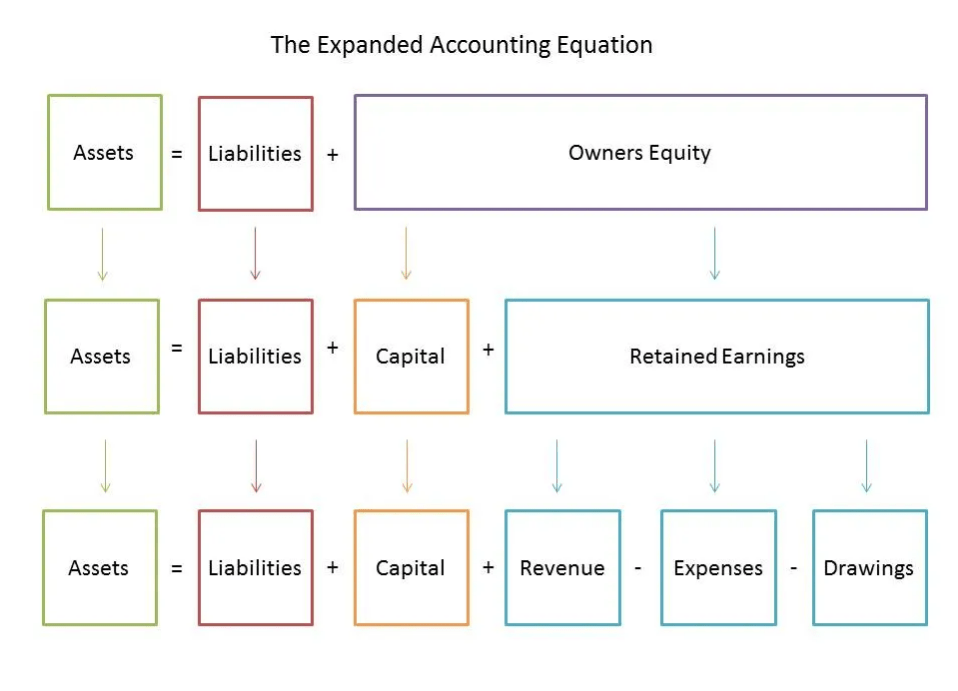
To align the cash outflow with the revenue, CapEx is expensed on the income statement through depreciation – a non-cash expense embedded within either COGS or OpEx. If the ratio of SG&A to sales revenue increases over time, it may become more difficult to earn a sustainable profit. Reducing SG&A lowers the level of revenue needed to earn a profit, which is why companies often focus on SG&A when attempting to cut costs.

At first glance, COGS vs. operating expenses might appear virtually identical with minor differences, but each provides distinct insights into the operations of a company. For instance, energy and materials firms often run SG&A ratios of 10% or less, while industrial manufacturers often average 10%–20%. Pharmaceutical, biotech and health care companies often report SG&A expenses of 40%–50% or more, sometimes due to high sales and marketing costs. For these reasons, SG&A expenses should be compared with similar companies, if possible. After mergers or in times of financial hardship, SG&A expense is the first area that management would examine to cut costs without impacting manufacturing or sales. At the same time, companies need to act wisely in making these decisions. Aggressive cuts in spending may yield short-term improvements while resulting in a long-term decline in revenue.
What is Cost of Goods Sold vs. Operating Expenses?
No matter the name, it’s a measure of your company’s performance. SG&A expense represents a company’s non-production costs in selling goods and running daily operations. Properly managing and understanding SG&A is crucial to control costs and sustain long-term profitability. Other selling expense is indirectly related to the number of units sold. Rather, these are expenses incurred throughout the manufacturing process to earn more sales, such as base salaries of salespeople, marketing, and out-of-pocket travel expense.
Pan-United reports 16% lower earnings y-o-y in 2HFY2022 at $9.88 mil – The Edge Singapore
Pan-United reports 16% lower earnings y-o-y in 2HFY2022 at $9.88 mil.
Posted: Thu, 09 Feb 2023 13:44:54 GMT [source]
Differences exist between a company that has a mostly variable cost structure and one that has a mainly fixed cost structure. INVESTMENT BANKING RESOURCESLearn the foundation of Investment banking, financial modeling, valuations Operating Expenses vs. SG&A and more. Reducing non-sales personnel salaries and cutting travel costs will help to regularize these costs. Restructuring and cost-cutting are required to reduce the expenses of Selling, General & Administrative costs.
Ascent-logo
For most companies, it’s better to manage for the long haul and to focus on increasing profitable sales and reducing costs . But if that’s your only focus, you’re probably only postponing the day of reckoning. A gain or loss recognized on the sale of a long-lived asset that is not a discontinued operation shall be included in income from continuing operations before income taxes in the income statement of a business entity. If a subtotal https://business-accounting.net/ such as income from operations in presented, it shall include the amounts of those gains or losses. Like the depreciation or amortization of tangible long-lived assets, the amortization of intangibles may be included in operating expenses or cost of sales, depending on the use of the asset. Direct selling expenses are incurred when a unit of a product or service is sold. For example, once a product is sold, it must be packed and shipped.
- Other selling expense is indirectly related to the number of units sold.
- The decision to list SG&A and operating expenses separately on the income statement is up to the company’s management.
- For many businesses, SG&A expenses are exactly the same as Operating Expenses.
- You can utilize an income statement alongside balance sheets and cash flow statements to create a fuller picture of your financial and business performance.